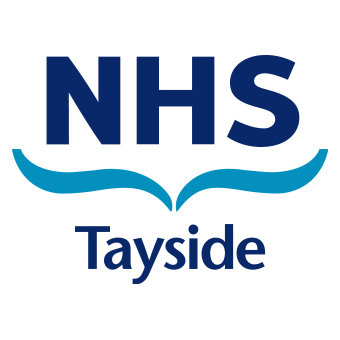At present paediatric patients presenting to Accident and Emergency with acute pain are managed with oral analgesics or parenteral opioids. These injections in themselves can be painful procedures and can cause fear and anxiety, particularly in paediatric patients. Intranasal administration of Alfentanil provides a painless method of achieving rapid onset of pain relief for the distressed patient in the emergency setting.1 Giving Alfentanil by the intranasal route is an unlicensed indication of a licensed product.
Administration of intranasal Alfentanil for acute pain in children

For treatment of moderate to severe pain (pain score 5 or more) in the absence of an alternative route in children presenting to the Accident and Emergency department.
- Allergy to Alfentanil, or to other opiates.
- pregnancy
- nasal injury2
- Age less than 1yr / weight lower than 10kg
- Head injury
- Current or recent erythromycin use (may reduce metabolism of Alfentanil)
- Recent (within 6 hours) opiate/sedative use
- Breastfeeding
- Renal impairment
- Liver disease2
See Intranasal Alfentanil algorithm3
- Weigh the patient (if not appropriate use weight estimation charts)
- Prescribe intranasal Alfentanil (Dose equals 10mcg/kg : see dose table)
- Use dose table to determine the volume of diluent.
- Use appropriate syringe for ‘total volume’ and add 1ml Alfentanil ampoule (5mg).
- Mix thoroughly and withdraw 0.27mls of the resultant solution in a 1ml syringe and discard remainder following controlled drugs procedure.
- Apply plastic atomiser tip to 1ml syringe securely.
- Request patient blow nose if snotty.
- Gently tip child’s head 45 degrees back, ask them to breathe in, then administer solution via atomiser.
- Ask the child to sniff. The child may sneeze
- Label child with “I’ve had IN Alfentanil” sticker / wrist band
- Measure pain using the faces pain scale or verbal numerical rating scale (VNRS). In children who are unable to use the VNRS, use the faces scale. This can be translated into 0-10.
- The recording of respiratory rate (RR) and sedation is to aid in the detection of respiratory depression. A decrease in RR is recognized to be a late indicator and unreliable sign. The best clinical indicator of early respiratory depression is sedation. Sedation is presumed to be a combined effect of the opioid and the increases in carbon dioxide levels in plasma.
- When RR is counted it should be the unstimulated rate, before the patient is roused.
- If patient is discharged give parent/carer an advice sheet.
Make sure staff are aware of administration when handing over care- they may assume no analgesia has been given if they don’t see a cannula.
The parent/carer should be given a patient information leaflet (see appendix 3) explaining details about the treatment and monitoring of side effects.
- Brenchley J, Ramlakham S, Intranasal alfentanil for acute pain in children. EMJ, 2006;23;488
- Electronic Medicines Compendium, Summary of Product Characteristics (SPC) for Alfentanil (Rapifen), Janssen-Cilag Ltd. Accessed January 2007
- Barnsley Hospital Emergency Department intranasal Alfentanil dosage table (figures rounded and converted to micrograms)
insert monitoring sheet